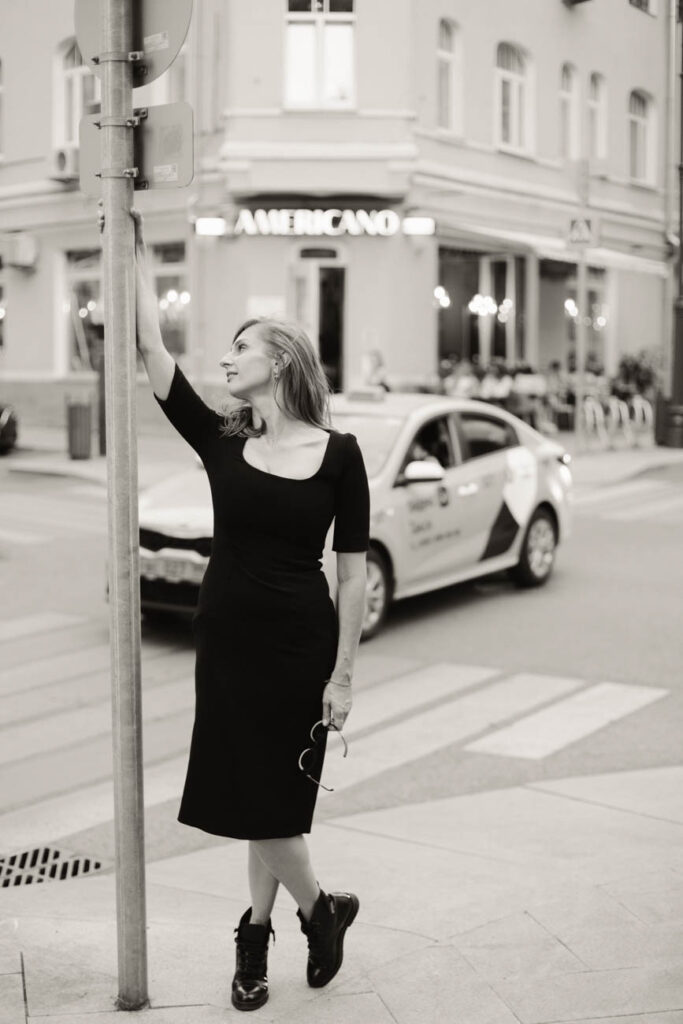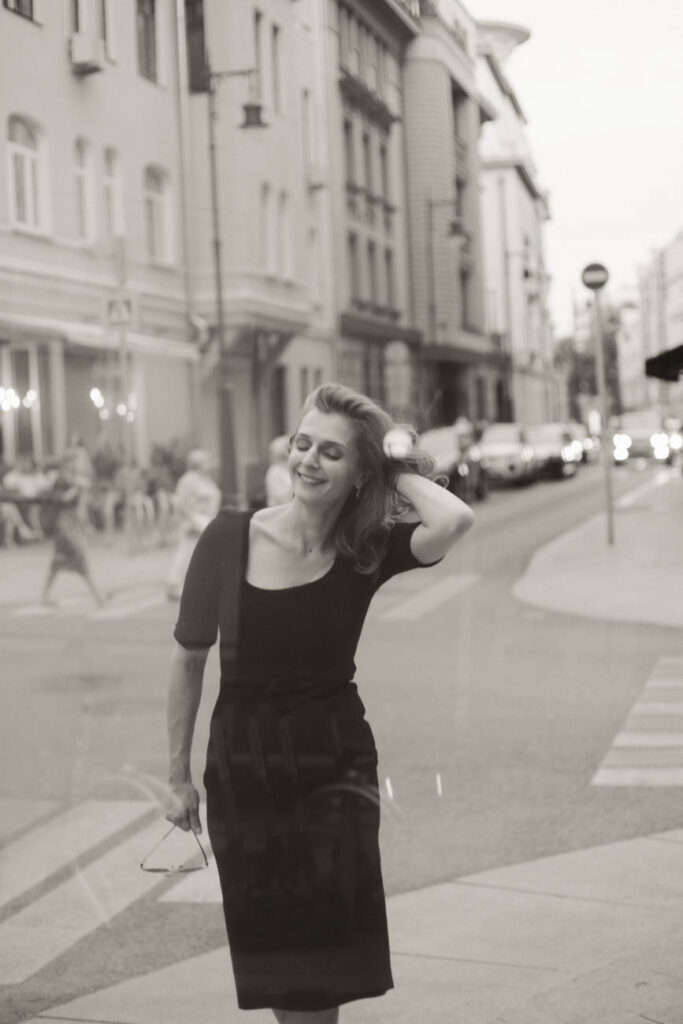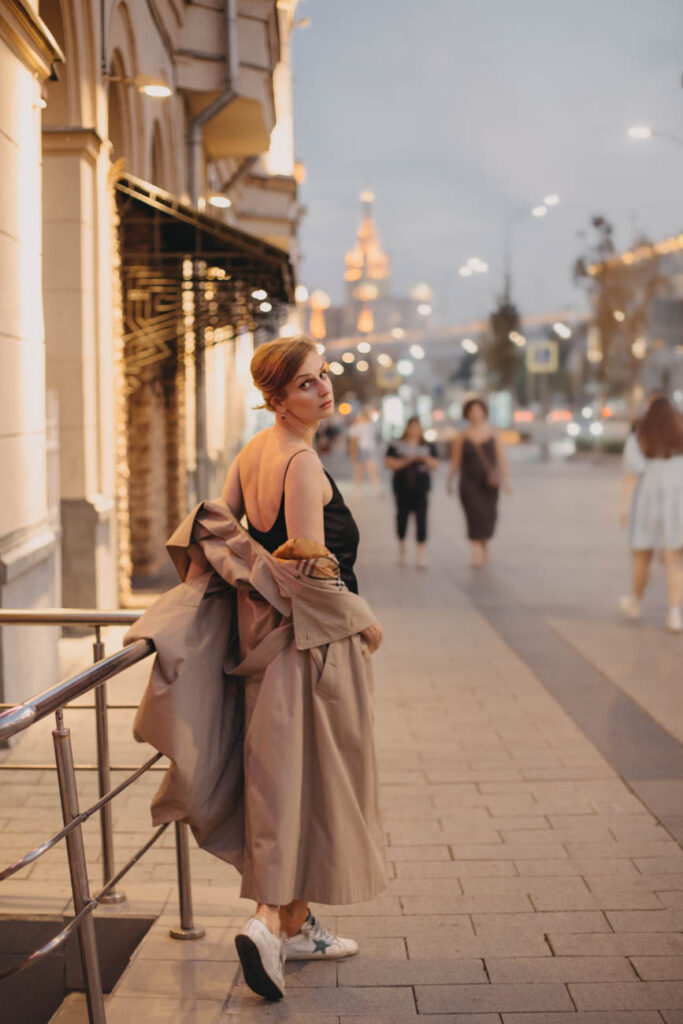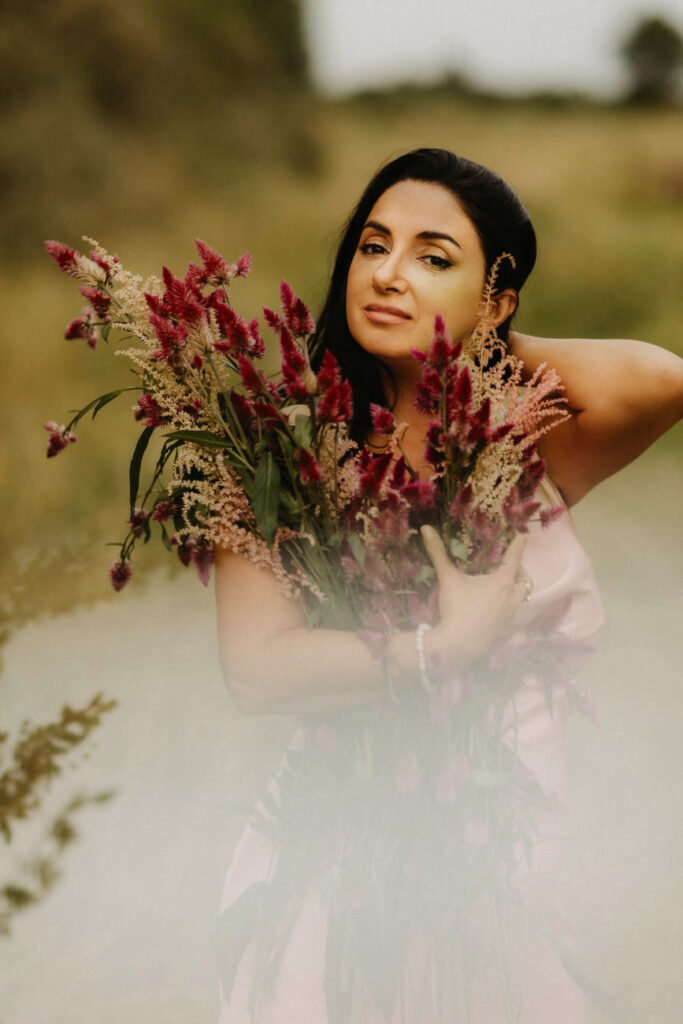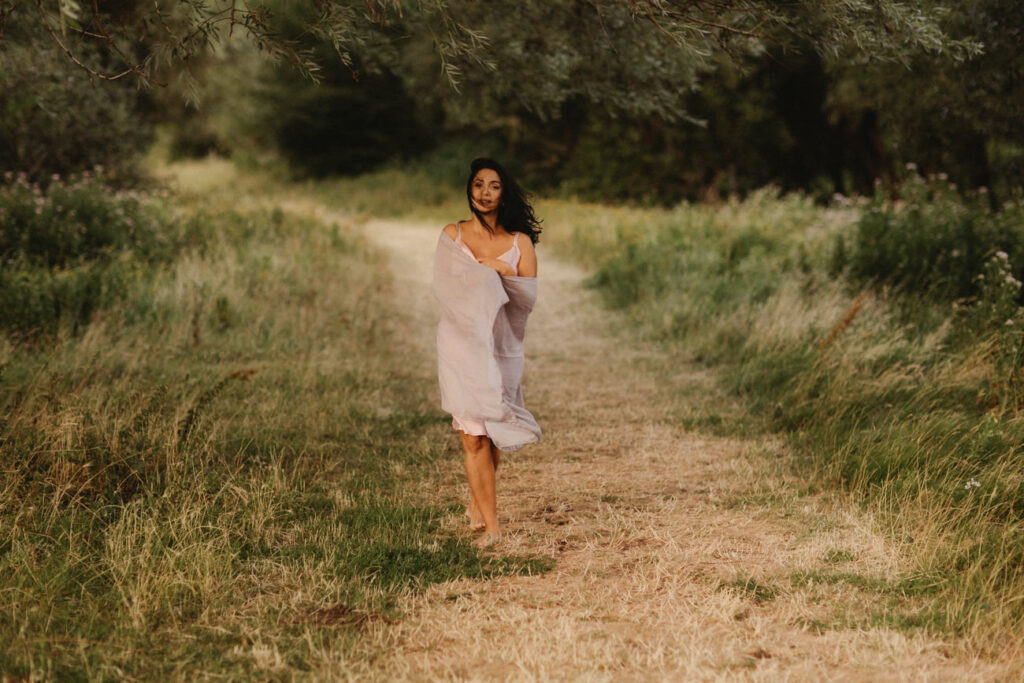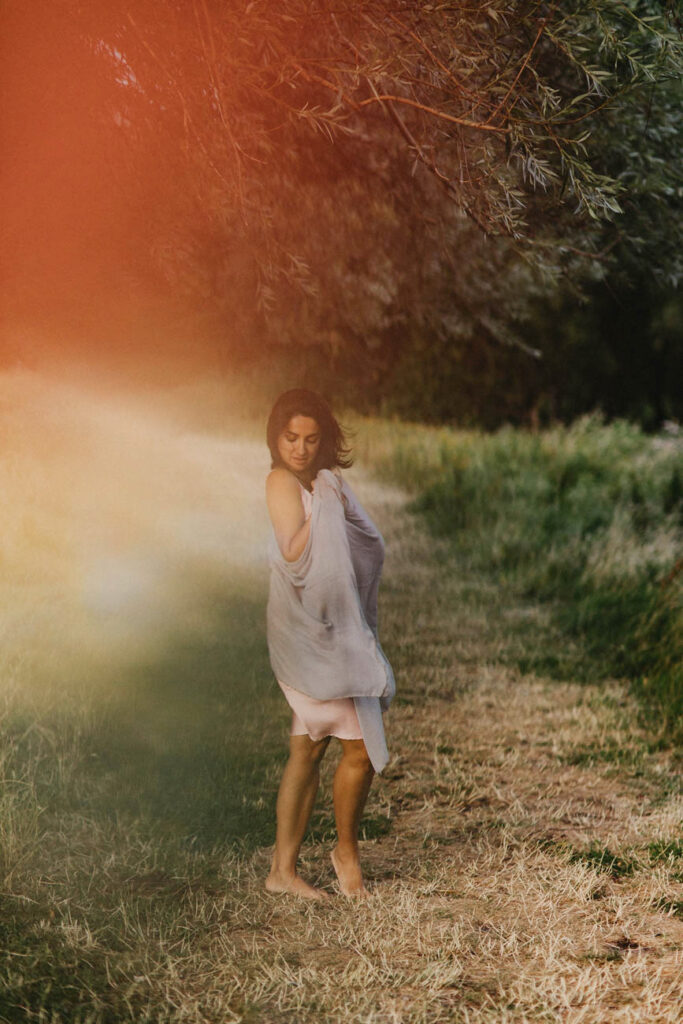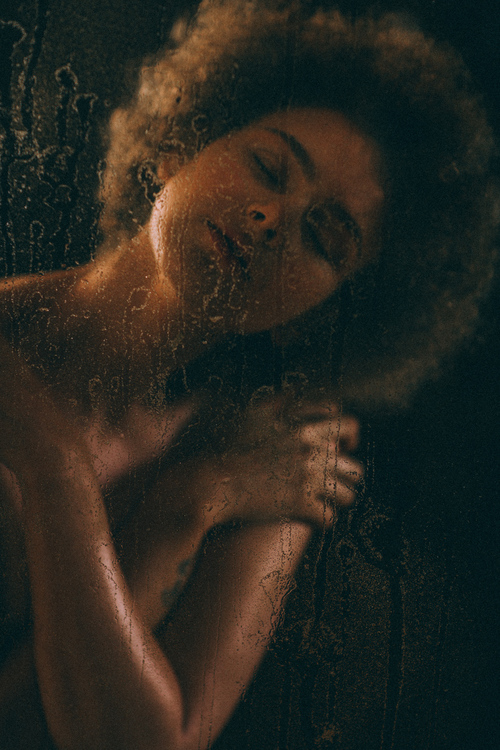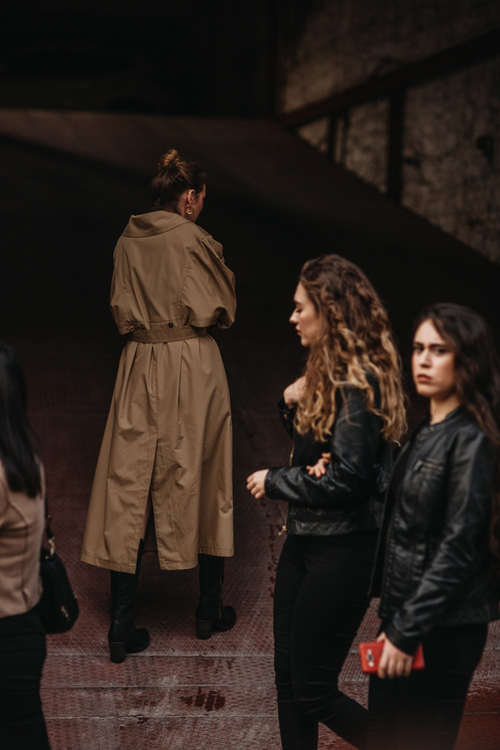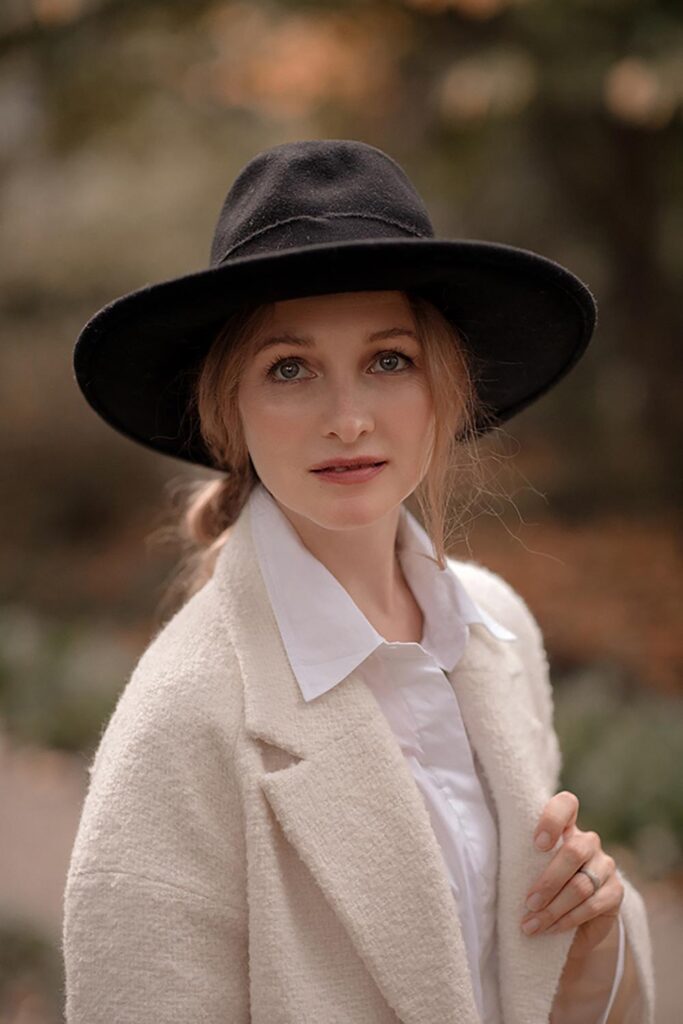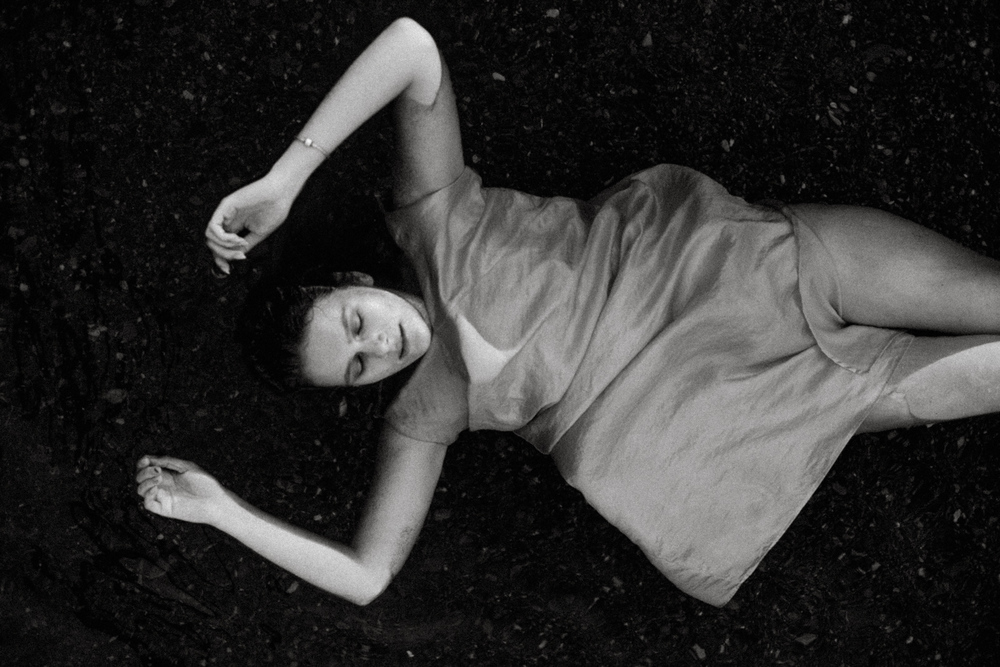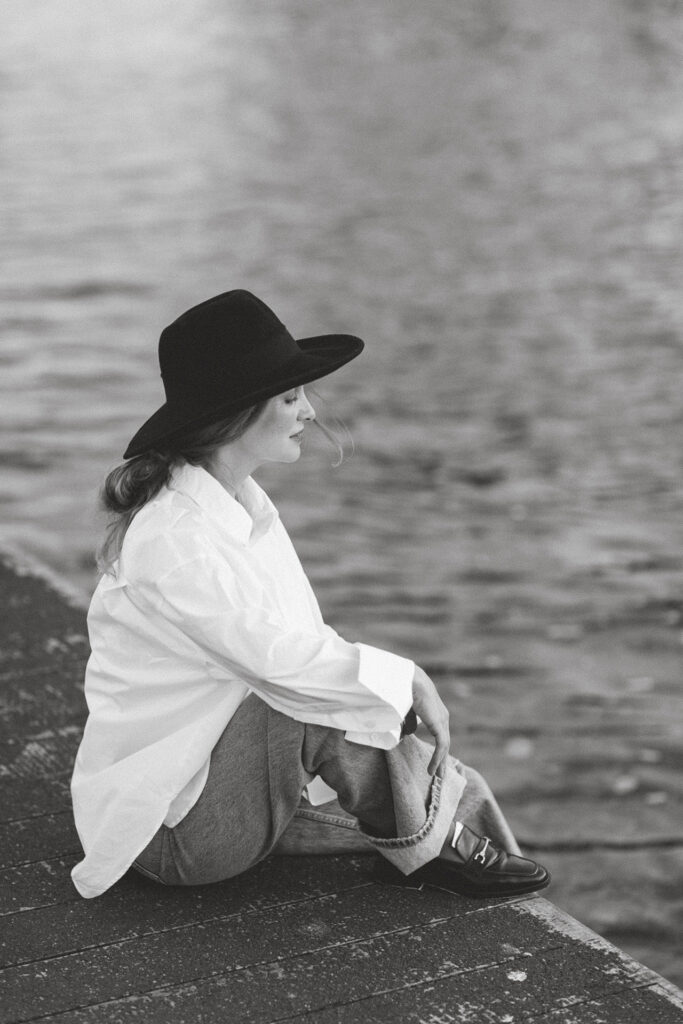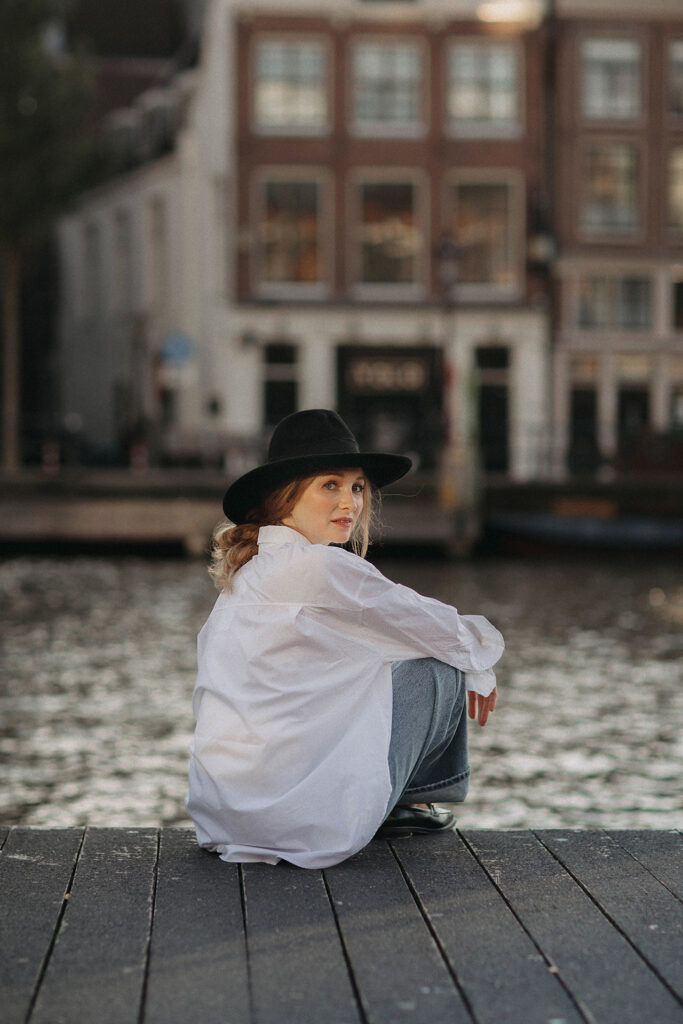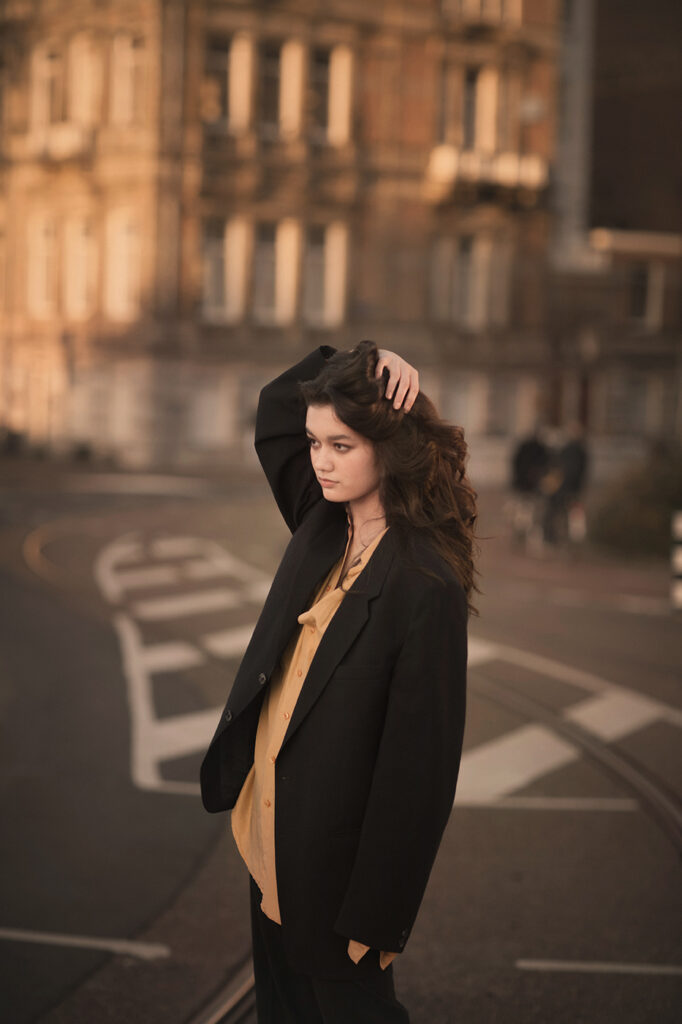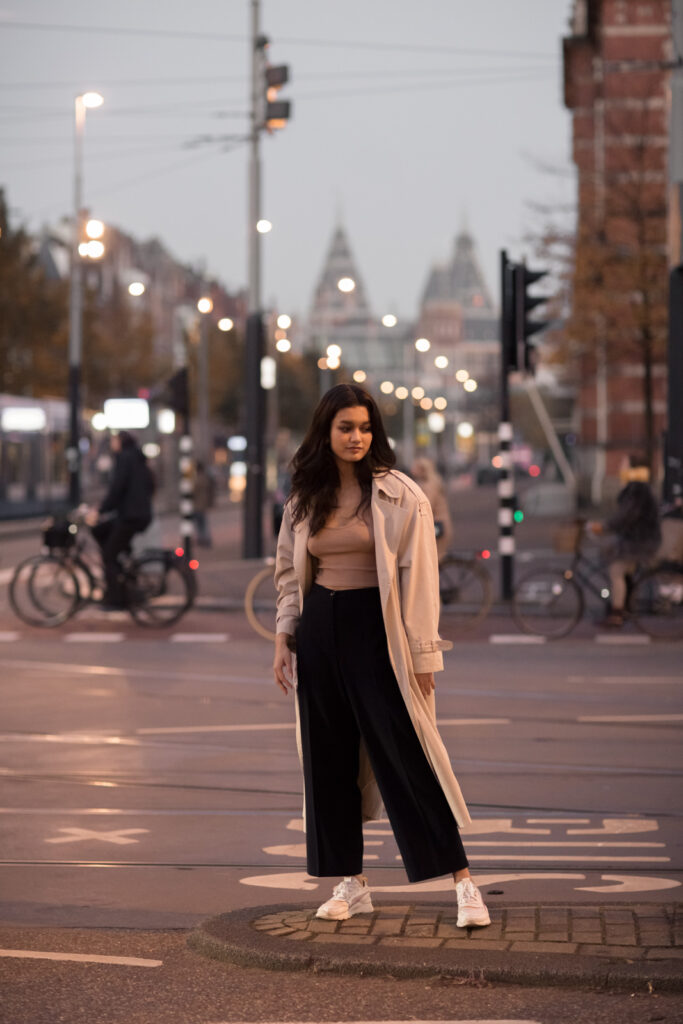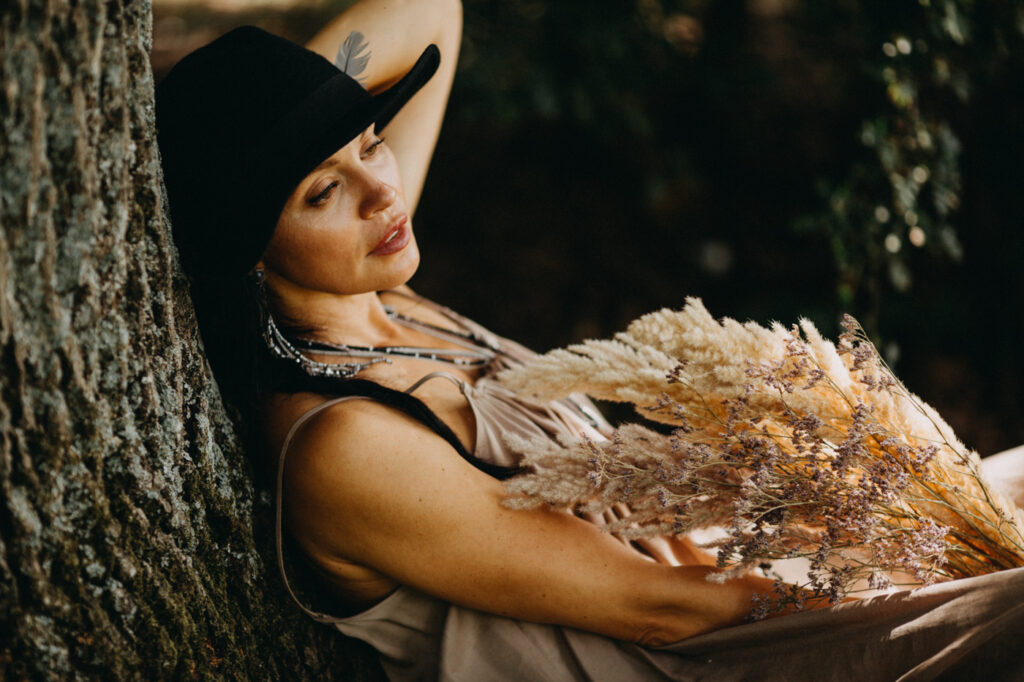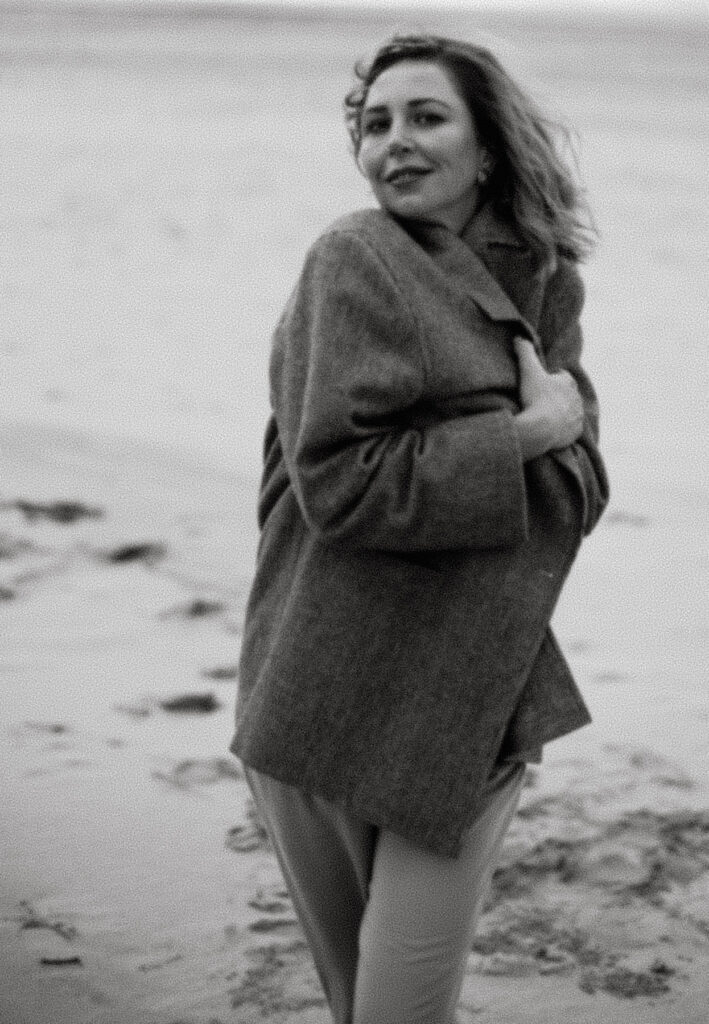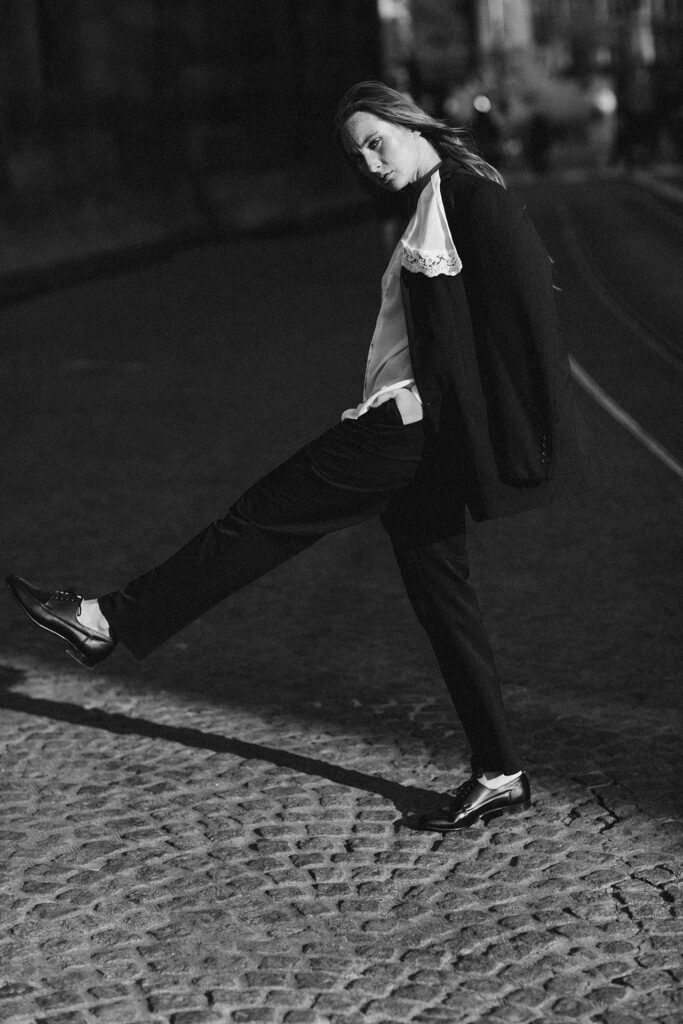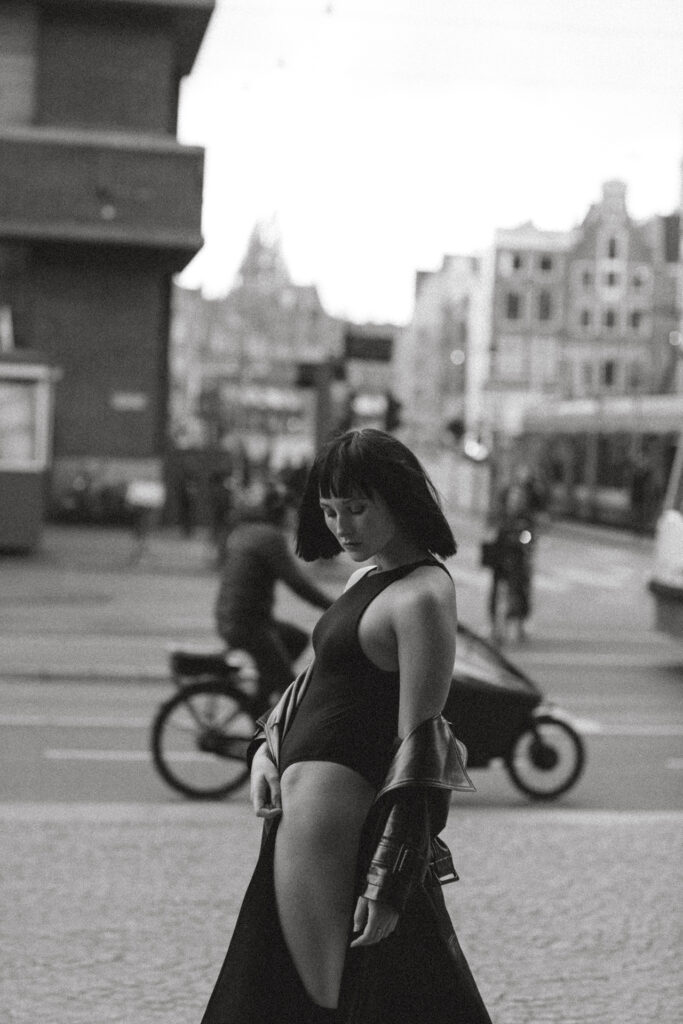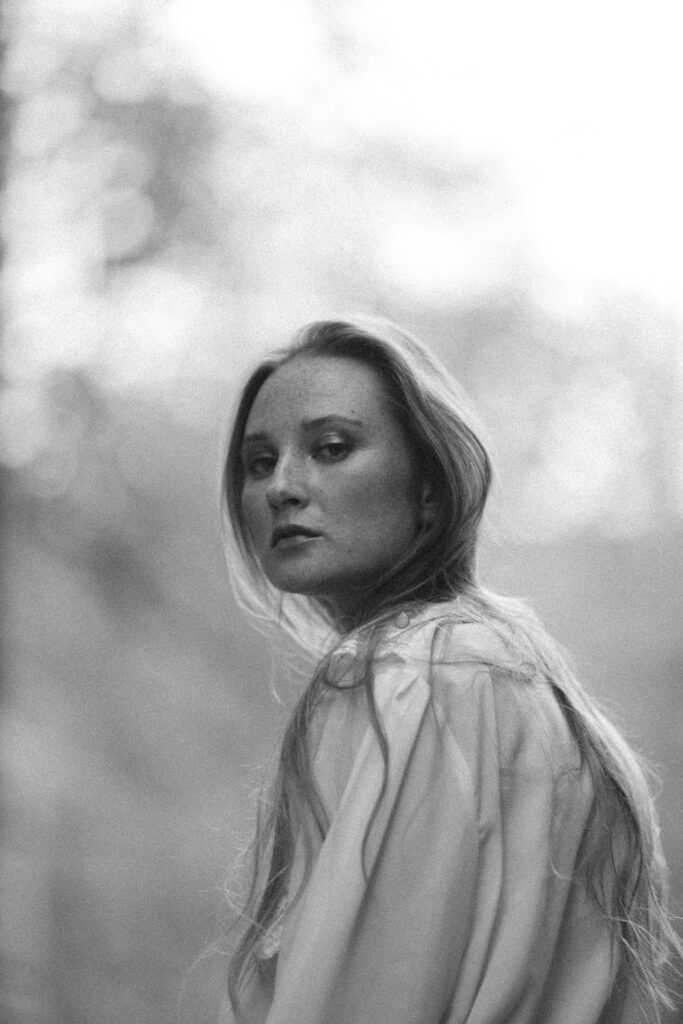PORTRAIT PHOTOGRAPHY
The Art and Essence of Portrait Photography
In a digital world where images are a universal language, portrait photography stands as a timeless and powerful form of visual art, capturing the essence of an individual in a single frame. For the aspiring and seasoned photographer alike, mastering the craft of portraiture is not only about technical proficiency but also about understanding the human element—communicating stories, emotions, and personalities through the lens.
In this comprehensive guide, we’ll explore the depth of portrait photography, offering insights, tips, and techniques to help you not only take striking portraits but also to ensure that the process itself becomes a profound experience for both you, the photographer, and your subject.
Understanding the Language of Portraiture
Portraits are not mere photographs; they are narratives, revealing aspects of the subject’s character, emotions, and even the soul. To create a compelling portrait, a photographer must be attuned to the nuances of human expression and the subtleties of body language.
When you pick up your camera to capture someone’s portrait, you’re beginning a dialogue—sometimes silent, sometimes through gentle direction or even playful interaction. This conversation is a collaboration, where the subject’s uniqueness meets with your creative vision.
The Power of First Impressions
Your subject’s first impression is your canvas, and much like a painter or sculptor, you craft an image that encapsulates this initial interaction. By using composition, lighting, and posing, you have the power to evoke an emotion or tell a story that resonates beyond the present moment.
The Elements of Composition
Consider the composition of your portrait. Will you employ a close-cropped image to emphasize the subject’s eyes, often referred to as windows to the soul, or will a wider frame showcase the individual within their environment? Be mindful of elements such as leading lines, framing, and the rule of thirds to create a balanced and aesthetically pleasing photograph.
Lighting as a Storyteller
In portraiture, lighting is not just about illuminating your subject; it’s about shaping perception. Soft, diffused light can create an intimate mood, while harsh light might introduce drama and contrast. Learning to read and manipulate light will substantially alter the outcome of your portraits.
Preparing for the Portrait Session
The preparation phase is where the professional separates from the amateur. Before your portrait session, take the time to plan, visualize, and even sketch out ideas. If possible, meet with your subject ahead of time to build rapport and discuss the approach.
The Importance of Location
Where you shoot can transform an ordinary portrait into an extraordinary one. A carefully chosen location can reinforce the story you wish to tell. Whether it’s a studio, a grand outdoor space, or the intimate interior of a home, every location has unique opportunities and challenges.
Wardrobe and Styling
The clothes a subject wears become part of the story. Whether you’re going for a classic, corporate look, or a whimsical, free-spirited feel, wardrobe and styling play integral roles in the composition. Encourage your subject to select outfits that not only reflect their personality but also complement the setting and mood.
Equipment and Technical Setup
A good portrait photographer knows their gear like the back of their hand. Ensure your camera and lenses are clean and functioning optimally. Consider the use of reflectors, diffusers, and even colored gels to modify light. Check that all settings—aperture, shutter speed, ISO, and white balance—are adjusted for the best outcome.
Capturing the Essence of a Person
Okay, it’s portrait time. This is where your skills as a communicator, observer, and artist come into play. Engage with your subject, direct them with confidence and sensitivity, and most importantly, keep your eyes open for those fleeting moments that reveal who they are.
Connected Engagement
Connect with your subject on a personal level. Talk to them, tell a joke, show a photo…whatever it takes to make them feel comfortable and willing to open up. A relaxed, engaged individual is one you can truly capture in their true essence.
Posing for the Win
Posing can make or break a portrait. It’s about finding the balance between what looks good and what feels natural. Avoid stiff, unnatural poses and aim for fluid, relaxed movements. Even in formal or structured poses, look for ways to create energy and dynamics.
Technical Excellence
At the technical level, focus on nailing the exposure, ensuring sharpness where it matters (usually the eyes), and playing with depth of field to guide attention. But always remember, technical excellence should serve the expression, not overshadow it.
Post-Processing and the Final Touches
In the digital age, post-processing is an integral part of the portrait photography workflow. Done well, it can enhance the story and mood you’ve captured. Done poorly, it can detract from the authenticity of the image.
Developing a Consistent Style
Developing a post-processing style is about finding your voice as a photographer. Whether you prefer a clean, natural look or a more stylized edit, consistency in your work is crucial. Experiment with different editing techniques until you find a style that resonates with you and supports the narrative of your portraits.
Ethical Considerations
While it’s tempting to airbrush and retouch to perfection, be mindful of ethical considerations. Portraits should represent the subject in a truthful light. Use discretion when retouching, and always consider whether your edits enhance the photo or alter the person.
Presentation and Sharing
How you choose to present and share your portraits can also affect their impact. Whether you’re creating a physical portfolio, an online gallery, or sharing on social media, think about the context in which your photos will be viewed. Pay attention to resolution, framing, and how different images can complement each other when seen together.
The Portrait Photography Business
For those looking to turn their passion into a profession, portrait photography is a viable business venture. It’s a service that will always be in demand, as individuals and families seek to preserve their memories in the most tangible form.
Branding and Marketing
Creating a strong brand identity and effectively marketing your services are key to attracting clients. Develop a logo, a website, and a social media presence that showcases your best work and your unique approach to portraiture.
Client Relationships
Building lasting relationships with clients can lead to repeat business and positive word-of-mouth. Communicate clearly, be transparent about pricing and expectations, and always deliver on your promises. Happy clients are your best advocates.
Pricing and Packages
Determining a pricing structure can be one of the more challenging aspects of any photography business. Consider the cost of your time, expertise, and equipment, as well as what the market can bear. Offer a variety of packages to accommodate different budgets and needs.
The Fulfillment of Creating a Lasting Memory
At its core, portrait photography is about creating a lasting record of a person’s existence, capturing them at a specific moment in time. It’s about creating images that will be cherished—as mementos, as testaments, as legacies.
Personal Growth Through Photography
Engaging in portrait photography can be a deeply rewarding experience. Not only does it allow you to hone your technical skills, but it can also provide a sense of purpose and fulfillment. The art of capturing someone’s essence can be a deeply personal act, one that reflects your own growth and empathy as a human being.
The Transformative Power of a Portrait
For the sitter, the experience of being photographed can also be transformational. It’s an opportunity to see one’s self in a different light, to gain confidence, and to appreciate one’s uniqueness. A well-crafted portrait has the power to not only reflect the individual but to affirm their worth and beauty.
Final Thoughts
Portrait photography is a multifaceted art that requires a delicate balance of technical skill and human connection. It embodies the rich tradition of storytelling through imagery and has the potential to leave a lasting impact on both the creator and the subject.
In your pursuit of the perfect portrait, remember the potential that each photo holds—to become a cherished memory, to tell a compelling story, and to inspire others. Keep learning, keep shooting, and above all, keep the human element in focus.
As a professional wedding photographer in Amsterdam, I offer my services not only for portrait photography.
Please see my diverse portfolio, including Wedding Portfolio and Videography Portfolio too.

